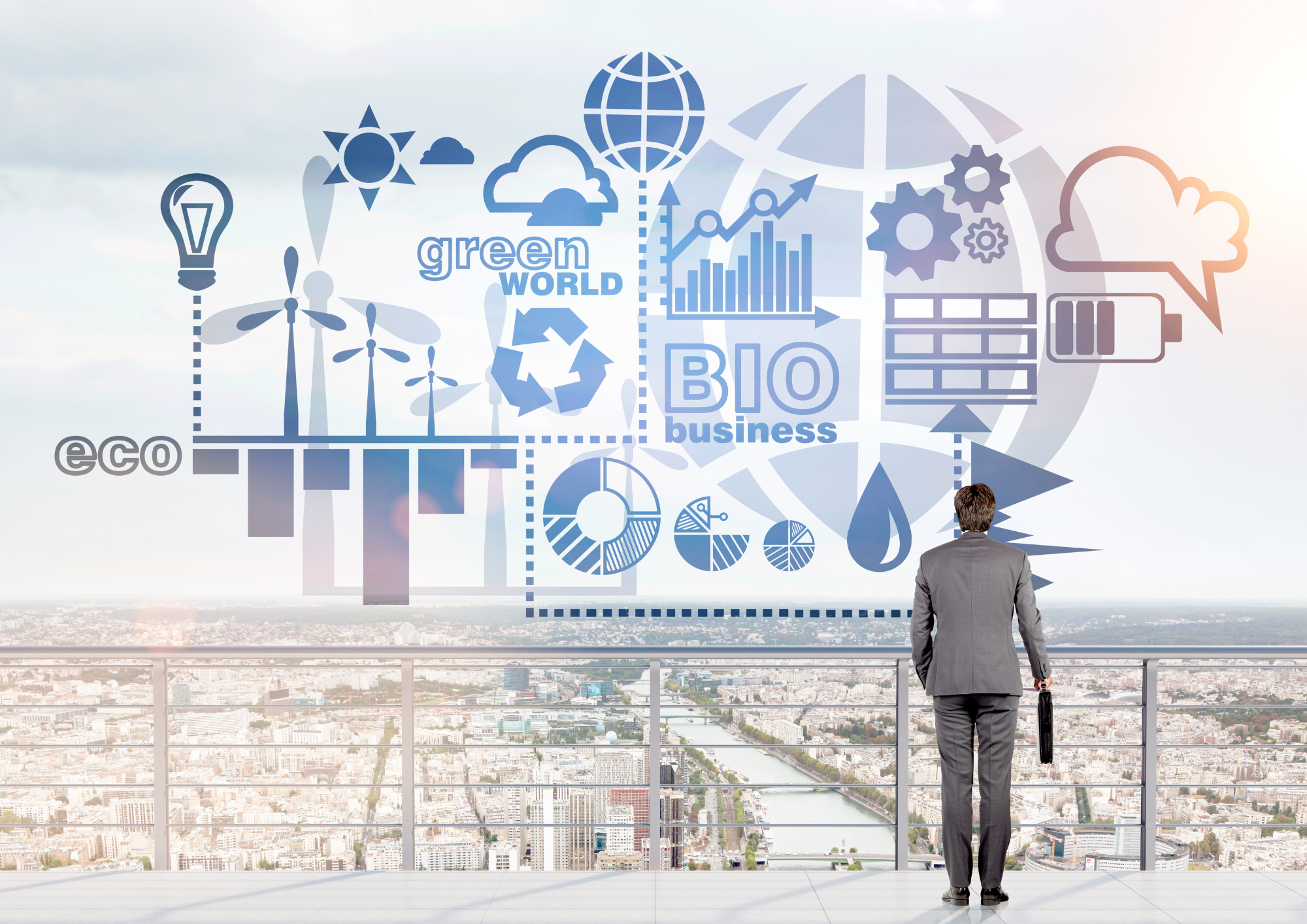在我们这个瞬息万变的世界里,我们的行为正将我们引向一条危险的道路。全球化和经济自由化可能给我们带来了财富,但也释放出了一个可怕的怪物:气候变化。
这个怪兽正在给我们的环境、社会和孩子们的未来造成严重破坏。在亚太地区,巨大的二氧化碳(CO2)的怪兽正在肆虐,已经产生了 179.6 亿吨二氧化碳。2 二氧化碳排放量约占温室气体排放量的 75%,是气候变化的主要驱动因素(Tiseo,2023 年)。
政府间气候变化专门委员会(IPCC,2022 年)认为,气候变化将导致洪水和干旱以及热应激的增加,这将对粮食供应和价格产生负面影响,导致南亚和东南亚营养不良现象加剧。根据世界经济论坛(2020 年)的一份报告,尽管按重量计算,人类仅占所有生物的 0.01%,但人类却造成了 83% 野生哺乳动物和一半植物物种的灭绝。

我们再也不能忽视一个不可否认的事实:我们的地球正处于严重危险之中。不可持续的消费和生产是气候变化、生物多样性丧失和污染这三重地球危机的主要驱动因素,威胁着人类的生命和环境,也破坏了我们的可持续发展目标(SDGs)。
尽管全球变暖和气候变化带来了挑战,但我们团结起来,奋起反击,为时不晚。这些挑战为我们提供了创新和复原的机会。通过投资绿色技术和可持续发展实践,我们可以在一个经济和环境都繁荣昌盛的世界里茁壮成长。我们每个人都有能力做出选择,减少碳足迹,倡导可持续的生活方式。我们必须减少温室气体排放,加强自然碳汇,提高环保意识,并利用技术的力量来拯救我们的世界。向清洁、可再生能源过渡不仅能减少我们的碳足迹,还能刺激创新、创造就业和推动经济增长。
为了确保未来的可持续发展,我们必须在经济增长、社会包容和环境保护这三个关键支柱之间找到和谐;这三个支柱通常被称为三重底线,是我们通往一个共享繁荣、巩固社区和保护环境的世界的路线图。

作者简介
副教授 Ratneswary Rasiah 博士
世纪大学商学研究生院经济学副教授
Ratneswary 博士副教授 Ratneswary 博士拥有丰富的学术和领导经验,曾担任过多个职位,包括教学、学习和研究副校长,以及前一所大学的学习和质量副院长。Ratneswary 博士的强项在于她能够抓住学生的想象力,利用各种现实世界的案例和数据来强化和说明各种经济理论和概念。她以热情、幽默、创新和引人入胜的教学方法以及对学生的关怀而著称,为学生提供了一个良好的学习环境。她目前正在指导博士生,并已有多名博士生毕业。AP Ratneswary 博士还积极从事研究和学术活动。除了在国内和国际会议上发表论文外,她还在同行评审期刊上发表了多篇论文,并获得了多项国内和国际研究基金。

